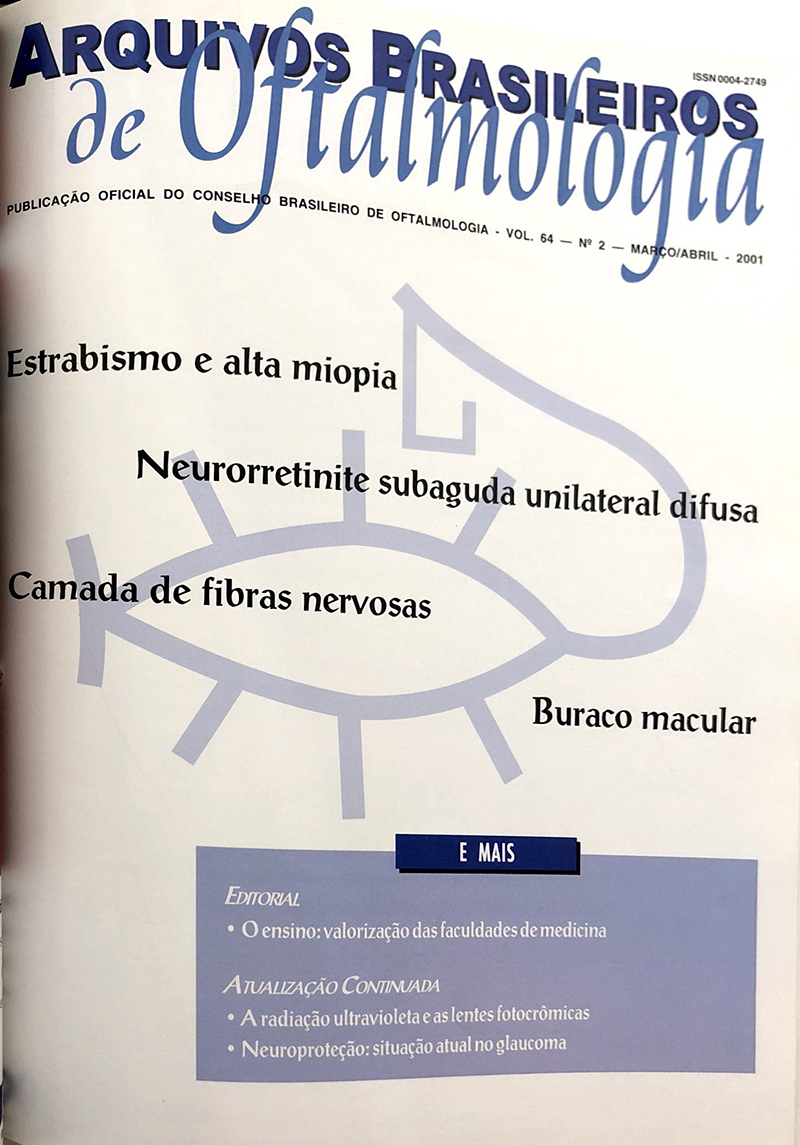Purpose: Amblyopia is the most common form of visual problem in children and for more than 250 years occlusion therapy is the standard treatment. Thus our purpose is to identify the factors that influence the outcome of amblyopia treatment with occlusion therapy. Methods: We reviewed 169 amblyopic children seen in the outpatient clinic of amblyopia of the Campinas State University, between January 1996 and May 1998. Patients were analyzed regar-ding sex, age at start of treatment (3 groups), affected eye, type of amblyopia (strabismic, anisometropic, visual depri-vation, associated), follow-up, initial visual acuity (light, moderate, severe), compliance with treatment (good, poor) and outcome (fully treated, partially treated, not treated). Results: Compliance was not seen to be significantly related to age at start of treatment (p=0.68) or initial visual acuity (p=0.82). 52.67% of the patients were fully treated while 19.52% were partially treated and 27.81% were not treated. Children recorded as showing good compliance had a significantly better outcome than those with poor complian-ce (p=0.0009). Neither the age at start of treatment (p=0.39) nor the initial visual acuity (p=0.30) were significantly corre-lated with the final outcome. Conclusions: We concluded that the main factor affecting the final outcome of amblyopia treatment is compliance.
Keywords: Amblyopia; Prognosis; Strabismus; Occlusive dressings; Patient compliance
